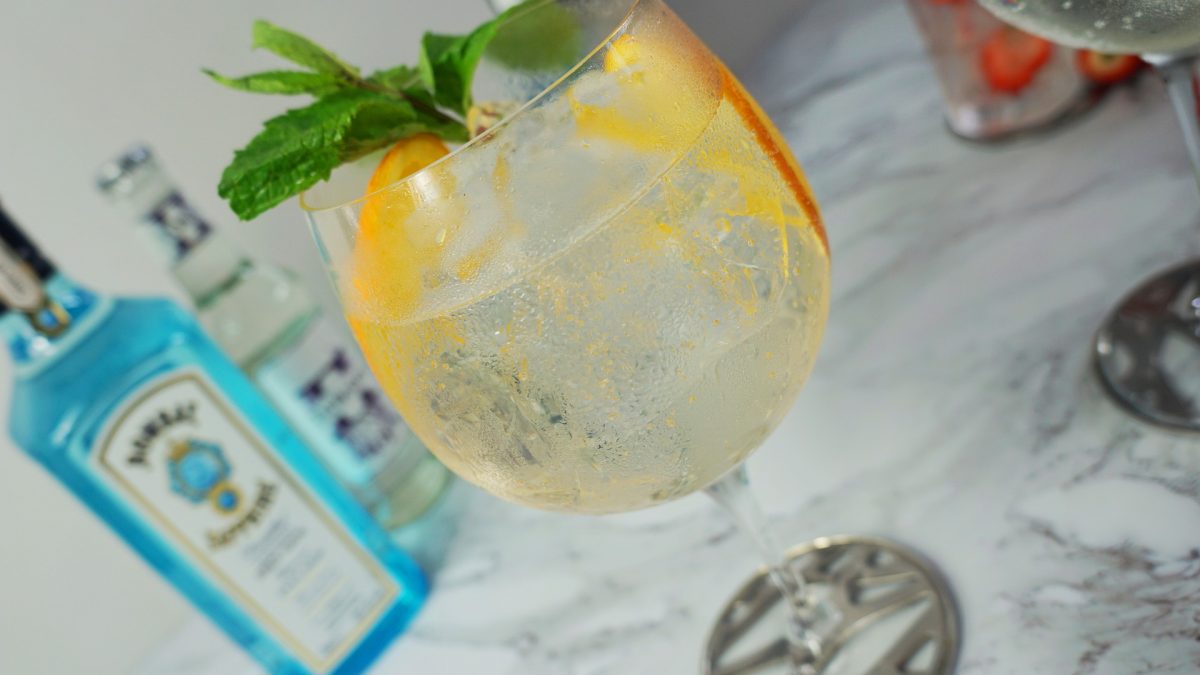The main ingredient of gin is juniper and even today, must be the principal scent and flavour to be classed as a gin. Originally produced as a medicine the origins of the liquor likely trace back to as early as the 13th century.
By the 1600s it was being produced on mass in Holland and made its way over to England in the 1700s. Gin became a very popular drink across and was used during the war by British soldiers when in areas prone to malaria. The soldiers would use gin to mask the unpleasant and bitter taste of the alkaloid quinine which evolved into what we know today as a gin and tonic.
Did you know? The word ‘Dutch Courage’ refers to courage gained by drinking gin. This phrase is thought to have been coined when English soldiers were fighting in the Thirty Years war in the 1600s.
There was said to be a gin craze during the 18th century, with gin being consumed in large quantities in Britain, especially across London. In more recent years the gin craze seems to have been reinvented and has no signs of waning off either.
In the last few years, gin distilleries in the UK alone have tripled and with thousands of varieties, Brits are leading the way with gin production.
As well as the classic G&T, with ice and a slice, we have numerous varieties from cocktails to liqueurs and a whole array of botanicals that complement the core ingredient of juniper.
I think the reason gin has stuck around so long is its versatility to lend itself to different flavours and recipes to suit any taste. As much as I have my favourites, the list gets longer with all the different taste sensations and mixers to accentuate the flavours hit the shelves. I think gin is here to stay!
Related posts
Popular Posts
Meet Emily

Hurtling in to my 40’s this is me sharing my life through a passion for food and drink... especially gin! Previously, I am Emily was a thriving design and marketing business that was merged with Creed Marketing in 2019 – not wanting to let go of a 10 year following the brand has edged in to the world of blogging. Follow my journey at iamemilyuk.


